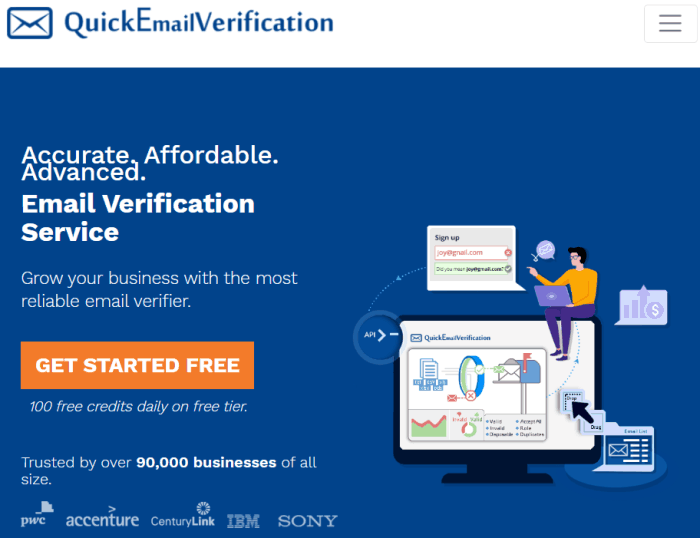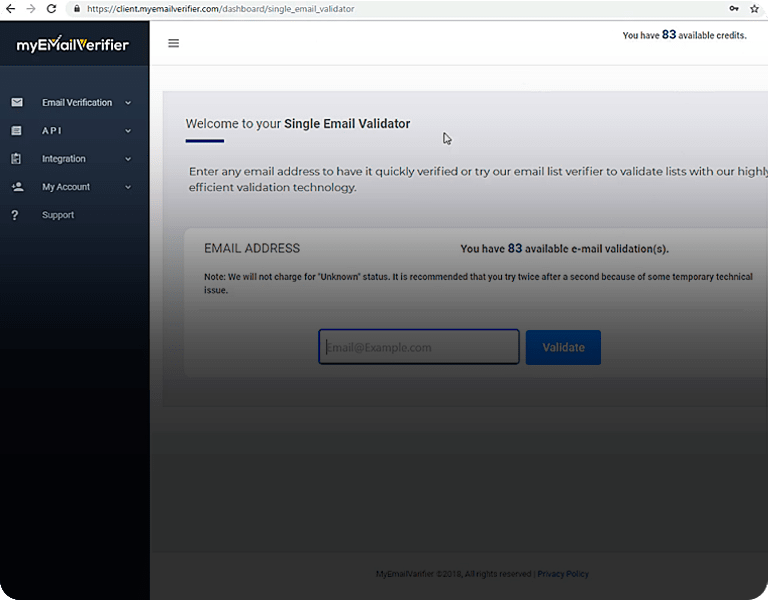

What I ended up integrating: streetlayer API But not every business or developer can spend ~$0.15 per address lookup (that's $150 for 1,000 API requests) - a very expensive business model the vast majority of address validation APIs have implemented. with their extensive Postal Code system, the open-source approach will simply lack data. addresses is not an easy task, but bearable, but once you're going for Europe, especially the U.K. But whether or not you can really put this to good and reliable use depends very much on how much you need to rely on the results.Īddresses are an incredibly variable thing.

I'll do my best to sum up my findings below:Ĭlearly, the first approach anyone would take is an open-source one (like ), which is never a bad idea.

In the course of developing an in-house address verification service at a German company I used to work for I've come across a number of ways to tackle this issue.

(Unlike cell phone companies that require a contract.) You use our service until you no longer need it and you can walk away. We have no hidden fees, contracts, or anything. We are easily able to CASS certify a list and we also offer a address verification web service API. We do address verification for addresses within the United States. It's a one-time deal with no long-term commitment or obligation-usually.įull disclosure: I'm the founder of SmartyStreets. Essentially, you give the service provider a CSV file or Excel file, they clean it up and get it back to you. The USPS web tools API is the same in additional they restrict how/why you can use their system and how you are allowed to use the data thereafter.Īt the same time, there are a handful of great service providers that can easily process a static list of addresses. They typically limit the number of calls you can make each day. If a real-time solution is required, you will want to consider the license agreement and technical limitations of the Google Maps/Bing/Yahoo APIs. This is all well and good, but should be factored into the business requirements and costs associated with the implementation and then weighed against the desired benefits.ĭepending upon the business requirements and the way that the data is received into the system, a real-time address processing solution may be the best bet. There are a number of good answers in here but most of them make the assumption that the user wants an "API" solution where they must write code to connect to a 3rd-party service and/or screen scrape the USPS.


 0 kommentar(er)
0 kommentar(er)
